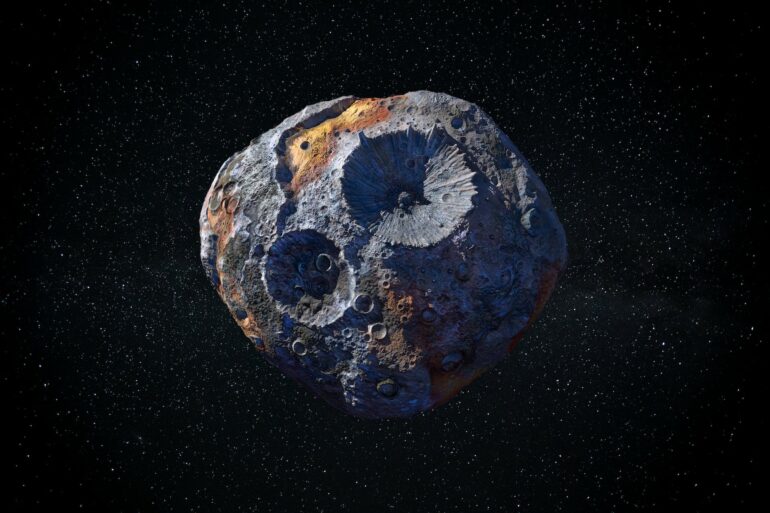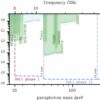French novelist Jules Verne delighted 19th-century readers with the tantalizing notion that a journey to the center of the Earth was actually plausible.
Since then, scientists have long acknowledged that Verne’s literary journey was only science fiction. The extreme temperatures of the Earth’s interior – around 10,000 degrees Fahrenheit (5,537 Celsius) at the core – and the accompanying crushing pressure, which is millions of times more than at the surface, prevent people from venturing down very far.
Still, there are a few things known about the Earth’s interior. For example, geophysicists discovered that the core consists of a solid sphere of iron and nickel that comprises 20% of the Earth’s radius, surrounded by a shell of molten iron and nickel that spans an additional 15% of Earth’s radius.
That, and the rest of our knowledge about our world’s interior, was learned indirectly – either by studying Earth’s magnetic field or the way earthquake waves bounce off different layers below the Earth’s surface.
But indirect discovery has its limitations. How can scientists find out more about our planet’s deep interior?
Planetary scientists like me think the best way to learn about inner Earth is in outer space. NASA’s robotic mission to a metal world is scheduled for liftoff on Oct. 5, 2023. That mission, the spacecraft traveling there, and the world it will explore all have the same name – Psyche. And for six years now, I’ve been part of NASA’s Psyche team.
It’s a mission of ‘firsts.’
About the asteroid Psyche
Asteroids are small worlds, with some the size of small cities and others as large as small countries. They are the leftover building blocks from our solar system’s early and violent period, a time of planetary formation.
Although most are rocky, icy or a combination of both, perhaps 20% of asteroids are worlds made of metal, and similar in composition to the Earth’s core. So it’s tempting to imagine that these metallic asteroids are pieces of the cores of once-existing planets, ripped apart by ancient cosmic collisions with each other. Maybe, by studying these pieces, scientists could find out directly what a planetary core is like.
Psyche is the largest-known of the metallic asteroids. Discovered in 1852, Psyche has the width of Massachusetts, a squashed spherical shape reminiscent of a pincushion, and an orbit between Mars and Jupiter in the main asteroid belt. An amateur astronomer can see Psyche with a backyard telescope, but it appears only as a pinpoint of light.
An artist’s rendition of Psyche, a spectacular metallic world.
About the Psyche mission
In early 2017, NASA approved the US$1 billion mission to Psyche. To do its work, there’s no need for the uncrewed spacecraft to land – instead, it will orbit the asteroid…



